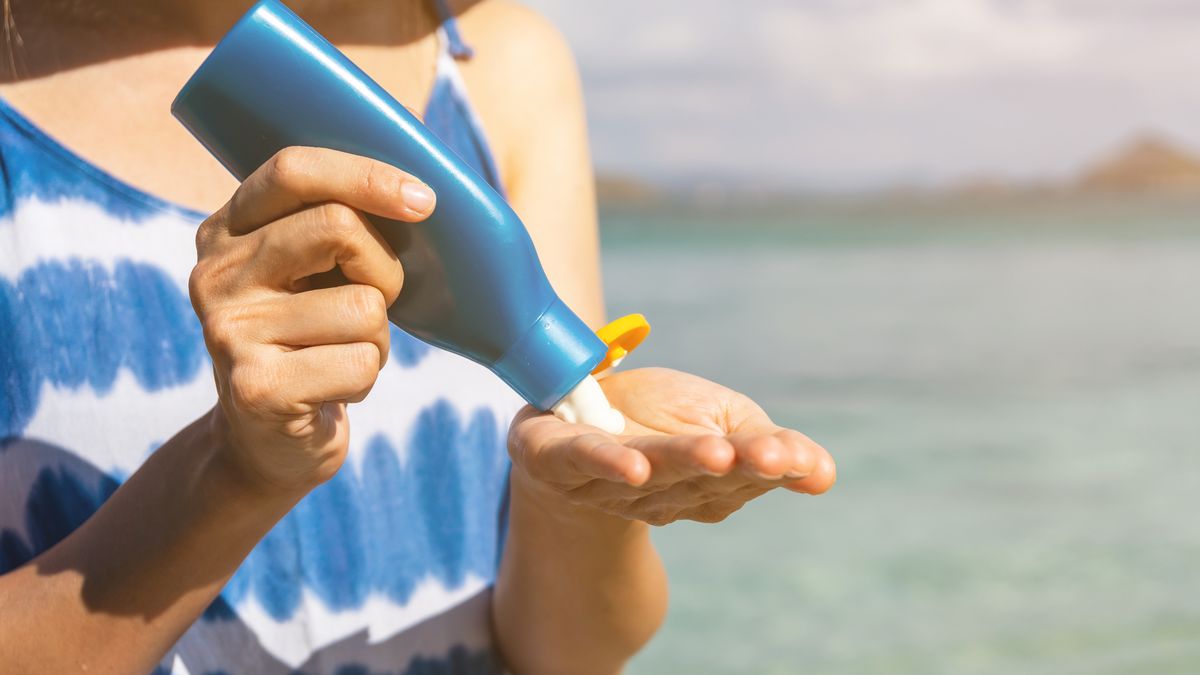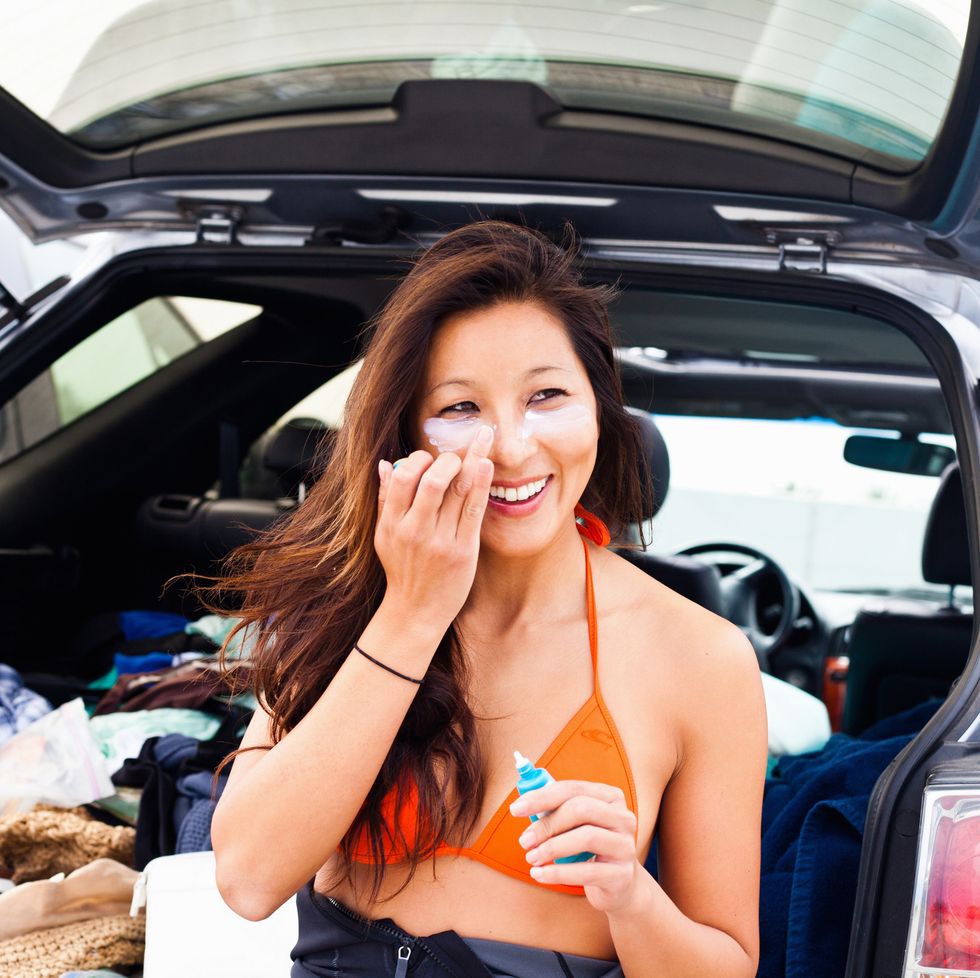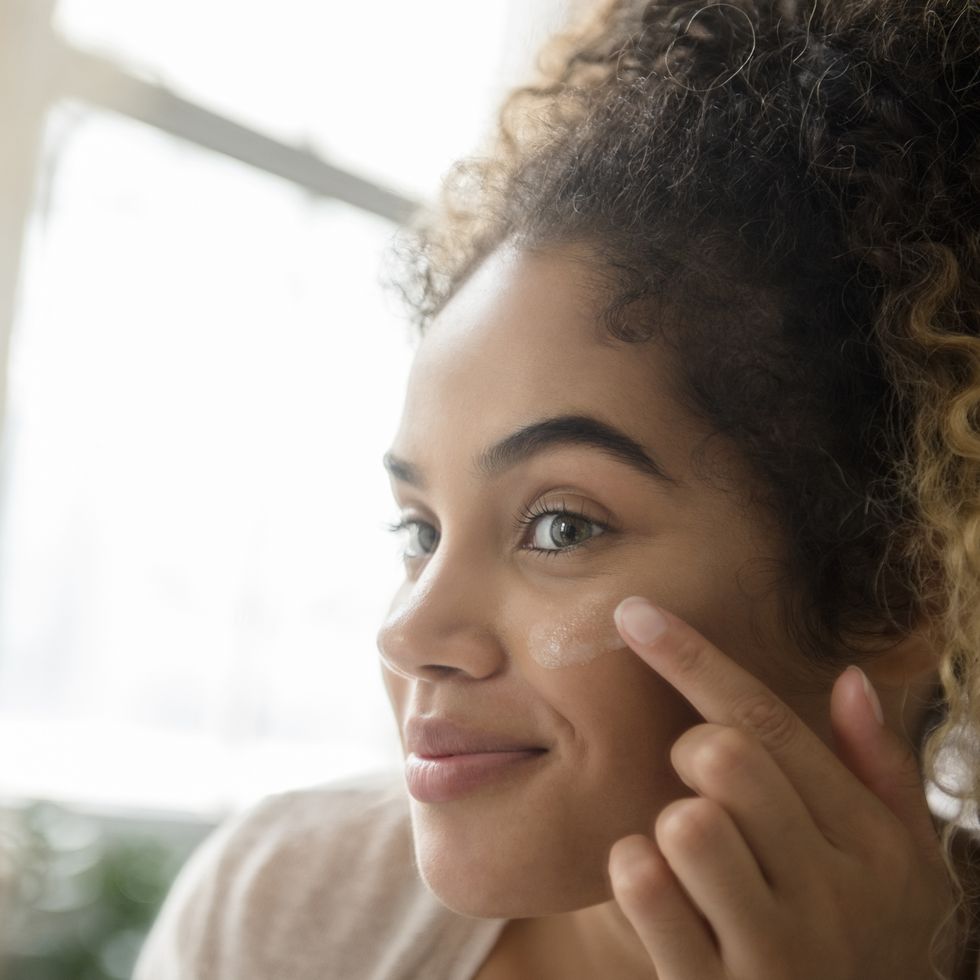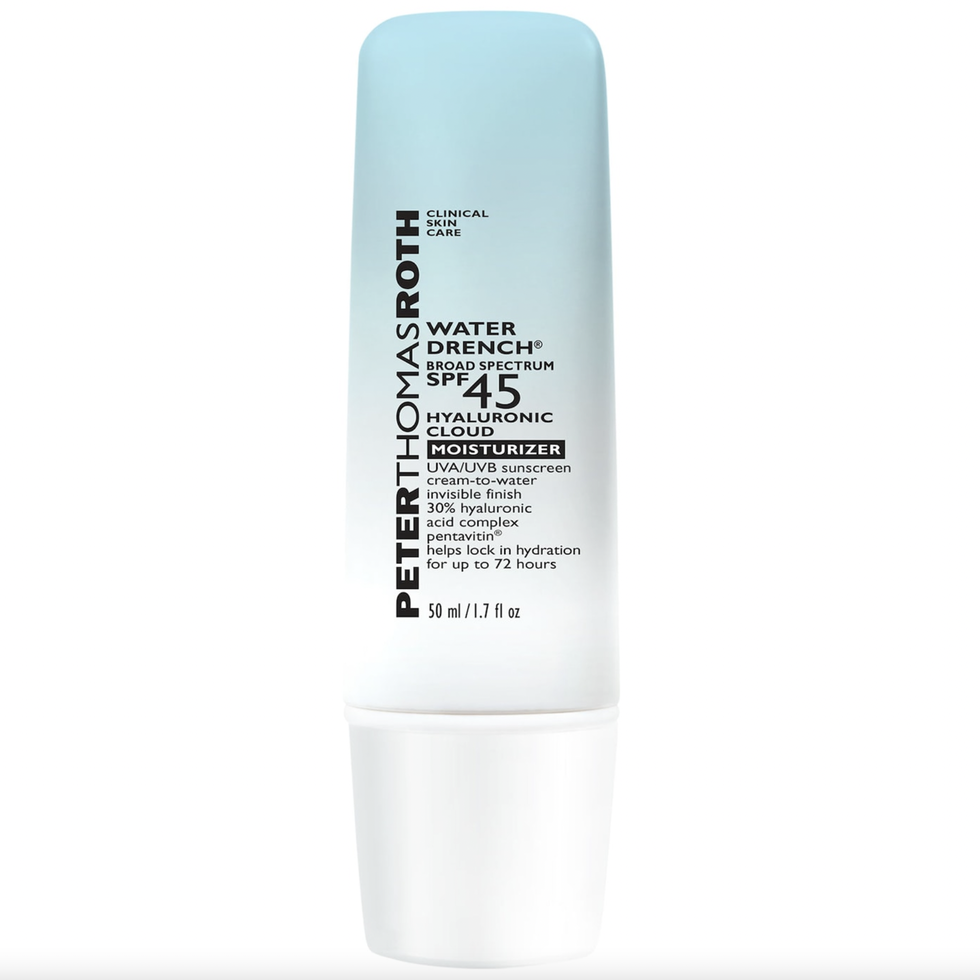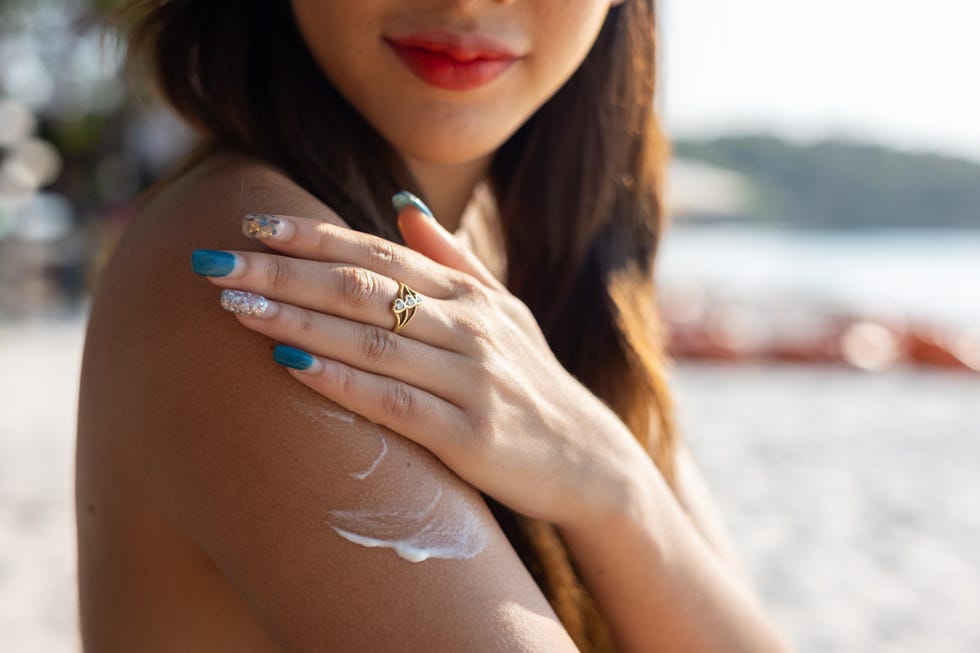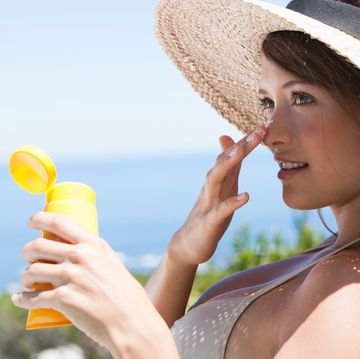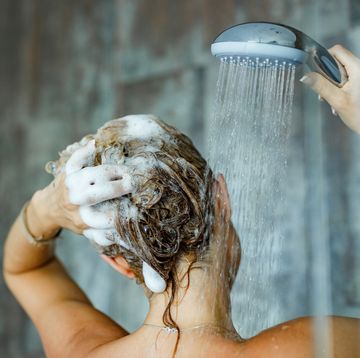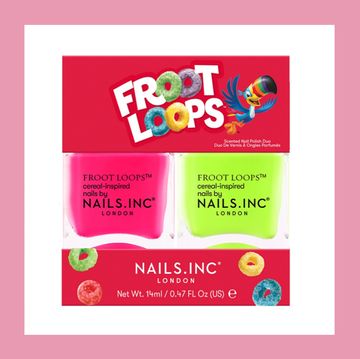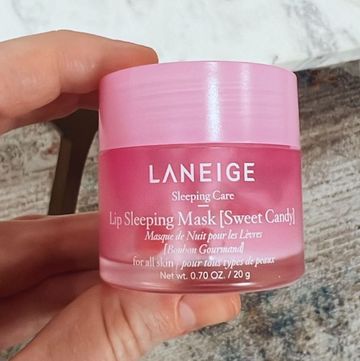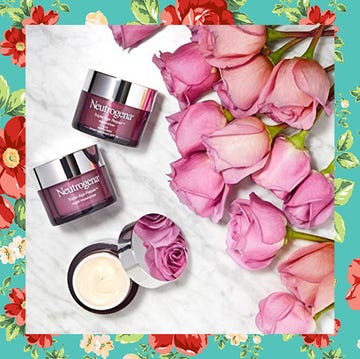It's safe to say that most people know to apply sunscreen if they're going to be in direct sunlight, particularly if it's the middle of summer. What's not as well known, however, is that sunscreen is necessary even on the cloudiest, coldest, and rainiest of days. That's because, according to the American Academy of Dermatology, even on the least sunny days, around 80% of the sun's harmful UV rays can sink into your skin.
Whether you're sitting poolside, laying beachside, hiking on a cloudy day, or snowboarding in freezing temperatures, applying sunscreen first (and reapplying it a few hours later) is a must. Protecting your skin is vital to avoid developing skin cancer as well as premature aging. Take it from Ree Drummond! She's advocated for sun protection ever since she had a basal cell carcinoma removed from her neck when she was 30. But in order to choose which sunscreens are best for you, it's important to know the different types of sunscreens on the market. For example: mineral sunscreens (like Zinc Oxide sunsceens) vs. chemical sunscreens.
To help you out, we chatted with a few dermatologists for everything there is to know about mineral vs. chemical sunscreens, including how they work, whether or not one is better than the other, and how to get the most out of whichever you choose. So, no matter your preference, you'll have options when it comes to skin and face sunscreens. Just remember, you'll have to actually apply them in order for them to work!
What's the difference between mineral and chemical sunscreens?
Here's what you need to know: The difference between these two types of sunscreen all comes down to ingredients and the way they protect against UV rays.
According to cosmetic dermatologist Dr. Michele Green, while mineral sunscreens use ingredients like zinc oxide and titanium dioxide that sit on the surface of the skin and act as a physical barrier against the sun’s rays, a chemical sunscreen is absorbed into the skin, penetrating on a deeper level.
Part of why chemical SPFs are absorbed so deeply is due to the chemical ingredients used, namely, oxybenzone, avobenzone, octisalate, octocrylene, homosalate, and/or octinoxate, as Green points out. Rather than sitting on the surface of the skin, these ingredients sink into pores to react with UV rays there. While this offers strong protection, many chemical SPF naysayers point out that the very nature of these ingredients draws the damaging rays further into the skin, potentially causing more sun damage.
Which type of sunscreen is better under makeup?
Apart from their ingredients, one of the biggest differences between chemical and mineral sunscreen is the way that they look once applied. Since chemical sunscreens sink deep into the skin, board-certified dermatologist Dr. Doris Day says that they’re less likely to leave behind residue, ultimately making them better candidates for wear under makeup.
Which is better: mineral or chemical sunscreen?
As board-certified dermatologist Dr. Dendy Engelman sees it, neither mineral nor chemical sunscreen is perfect. That’s why she recommends both types to her patients.
“My main focus is to prevent sun damage that could turn into cancer or another fatal disease,” she says. “Using the both together ensures full protection.”
However, Engelman explains that there are a few reasons why mineral sunscreen may be preferable—especially for those with sensitive skin. “Mineral sunscreens get to work protecting your skin right away, so you can slather it on and go,” she explains. “Chemical sunscreen, however, requires a little more time. We recommend that patients apply it 30 minutes before going out in the sun to ensure that the sunscreen has had time to activate and fully protect your skin.”
Additionally, Engelman says that chemical sunscreens are partially absorbed into the bloodstream, and the side effects of such haven’t been fully studied.“The FDA is calling for more testing to analyze the impact of these chemicals and determine if there is a need for increased safety measures,” she shares. “Right now, we recommend that pregnant women and children avoid chemical sunscreens. Since mineral sunscreens are not absorbed into the bloodstream, they are safe for all skin types and ages.”
Does mineral sunscreen protect longer than chemical?
While both types of sunscreen protect against the sun's harmful rays, the two differ in terms of how long their protection actually lasts. Because mineral sunscreens don't undergo a chemical reaction when applied, the ingredients don't degrade overtime. This means mineral sunscreens are said to last longer on the skin than chemical options. No matter the type, you should still reapply your sunscreen every few hours (especially when sweating or swimming), but chemical sunscreens will need to be applied even more often as they wear off and lose their protective ability more quickly.
Does SPF really matter?
Regardless of the type of sunscreen you choose, you need to ensure that you’re applying the most effective concentration. As a general rule of thumb, you should use SPF 30 or higher for true protection, and you should use about the size of a nickel (at least) to cover your face.
“The SPF number is determined under controlled lab circumstances not real-life use and almost never ends up matching the end user’s actual experience because no one, except maybe dermatologists and their families, uses the right amount of product to get to that SPF number on the label,” Day explains, further illustrating why it’s important to take a more is more approach when it comes to SPF.
Rebecca Ravee Norris is a full-time freelance writer with a decade's worth of lifestyle media experience. Based out of the Washington metropolitan area, she writes for a variety of publications, covering everything from beauty and wellness to style and celebrity news. She is a graduate of George Mason University. There, she earned her B.A. in Media: Production, Consumption, and Critique, along with a minor in Electronic Journalism. When she's not working, she can be found with her beloved Jack-Chi, Cash, adventuring with family and friends, working through reps at the gym, dreaming up her next home decor project, testing a new recipe, getting lost in the pages of a book, or catching up on her favorite shows.
